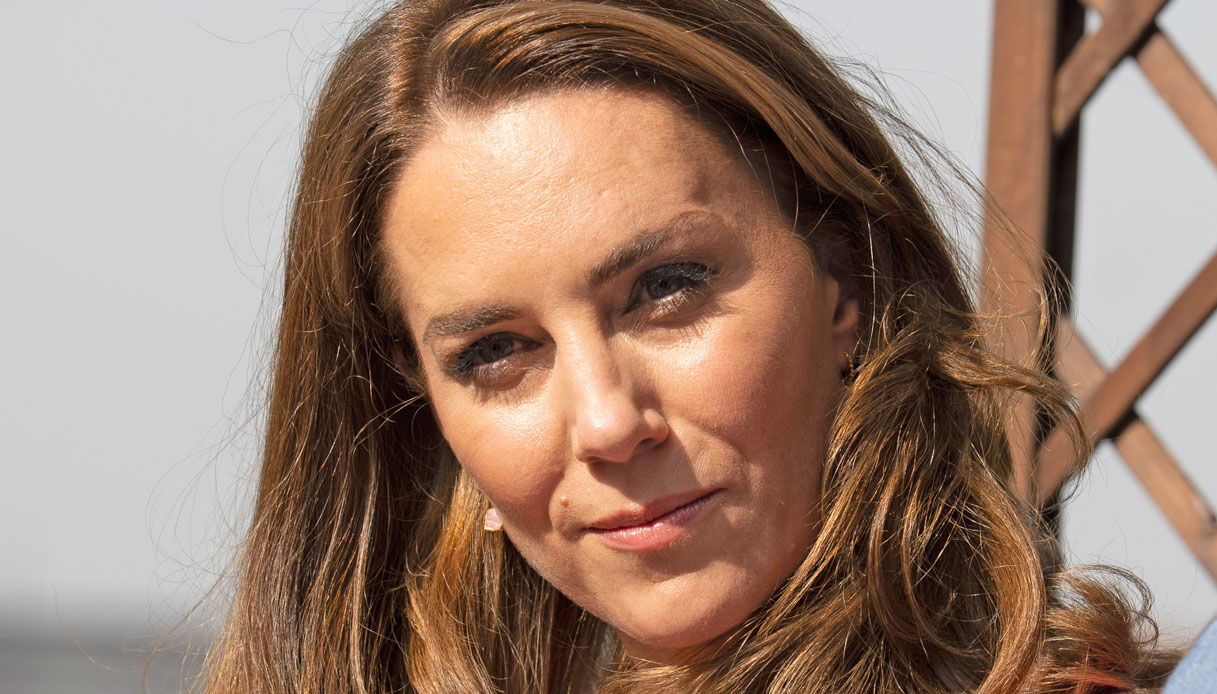Moreover, the question is whether it is so easy to distinguish which measures are purely aimed at saving lives and only cost money, and which ones cost money but may also help the economy.
“We must ensure that we do not create an apparent contradiction between health and the economy”, Prime Minister Rutte said during one of the press conferences. “What we are doing now for health will soon contribute to our economic recovery.”
Sweden
Carl Koopmans regrets that his calculation was not made. “That is a missed opportunity. I still hope that others may have more time, can gather more information and succeed in putting together something reasonable.”
He thinks a similar calculation would now be possible. To estimate what the Netherlands would look like without lockdown measures, we could look at Sweden. “They did have a kind of lockdown there, but still a lot lighter than us.”
2.3 million euros for a human life
Niek Mouter and Casper Chorus from TU Delft have also started calculating. They have looked at relaxing the corona measures. And instead of calculating how much it cost and delivered, they put a representative group of more than a thousand Dutch people in Mark Rutte’s chair.
The group had to make a choice between different exit strategies. On the basis of discussions with experts, they estimate what the various additional effects would be per plan: from the number of deaths with more flexible rules to tax increases to absorb the economic consequences with stricter rules.
In this way Mouter and Chorus were able to calculate how much a Dutch person, according to them, is willing to pay a tax increase to save a human life. The answer? Just over 2.3 million euros per avoided death. That amounts to 0.29 cents per household.
–


